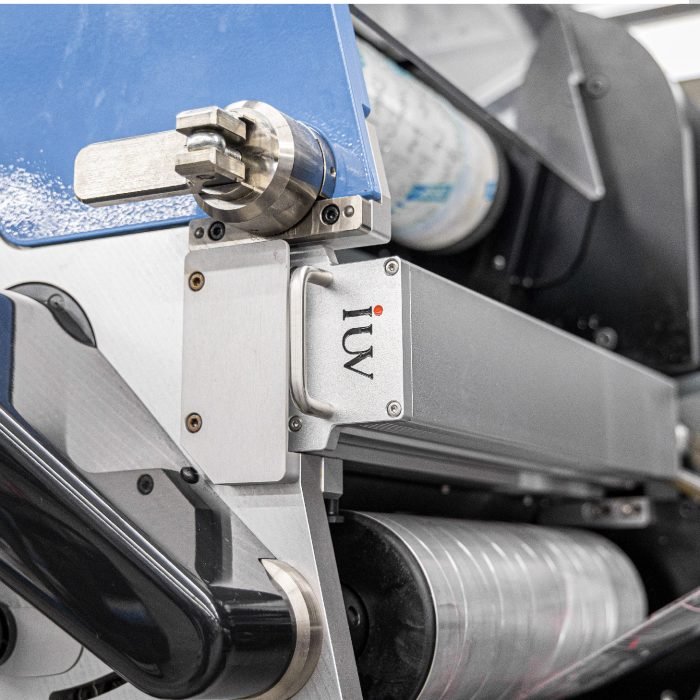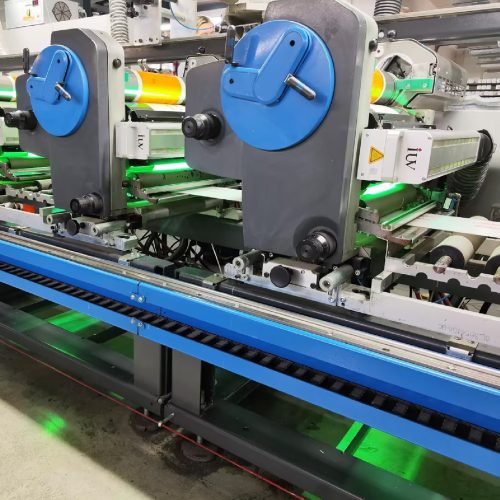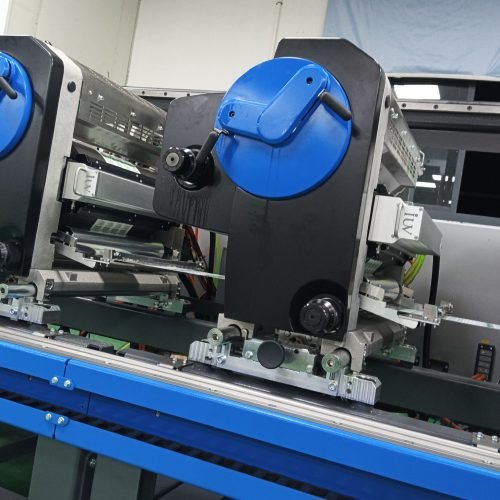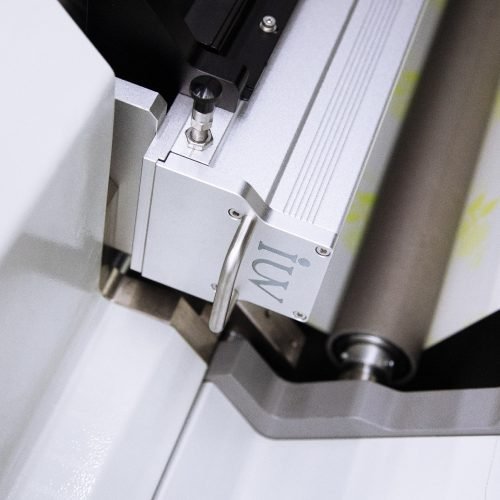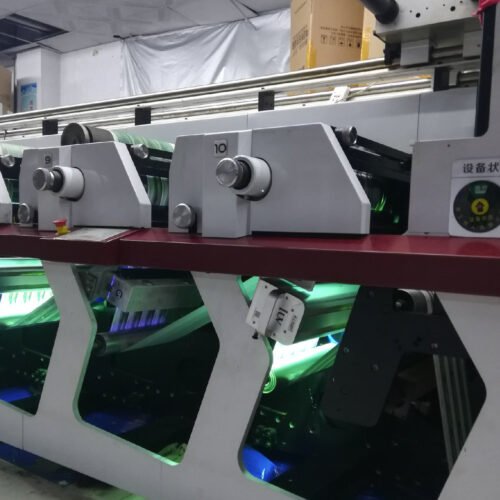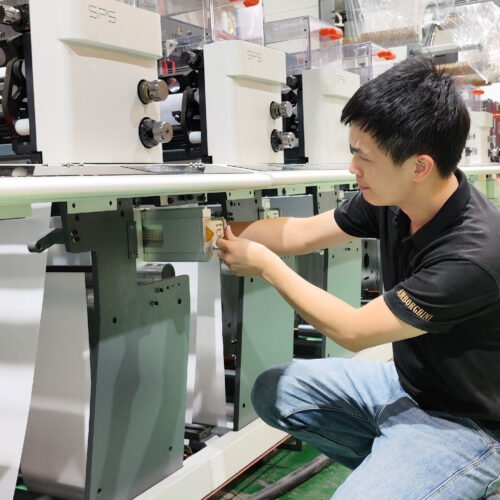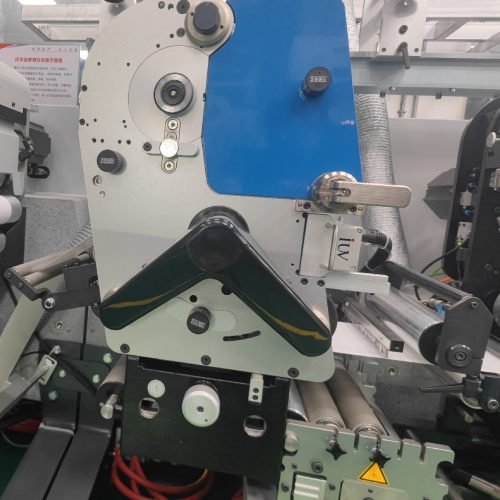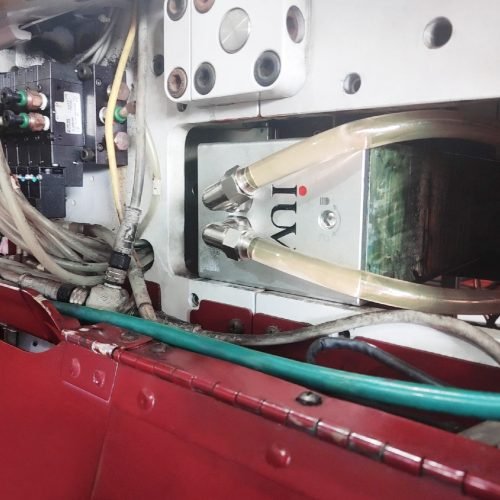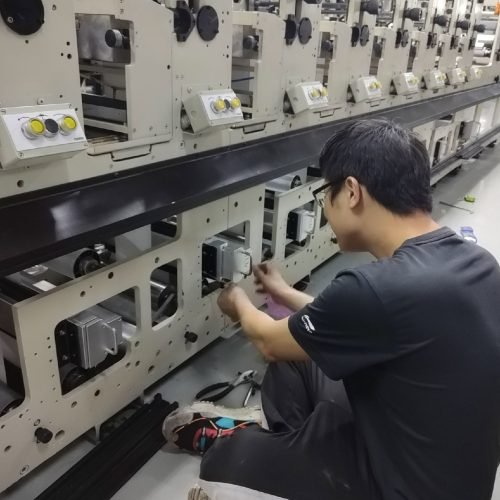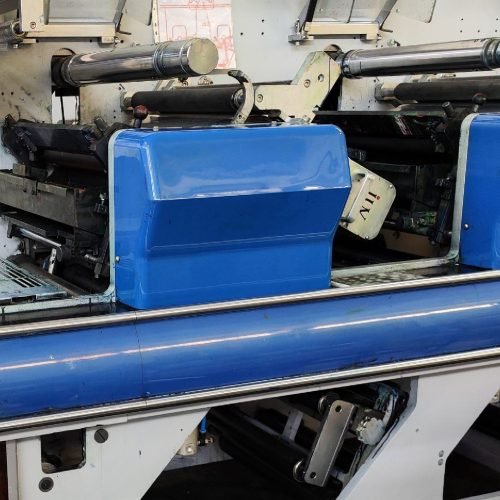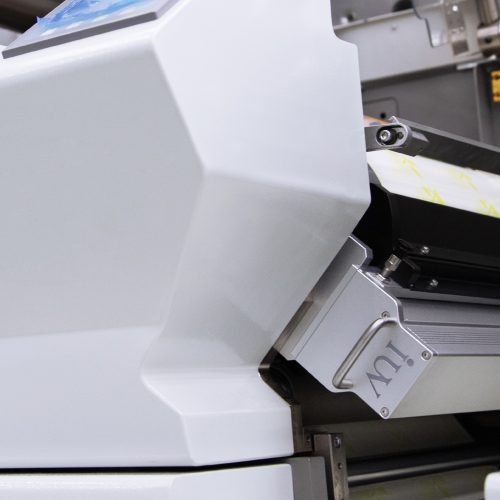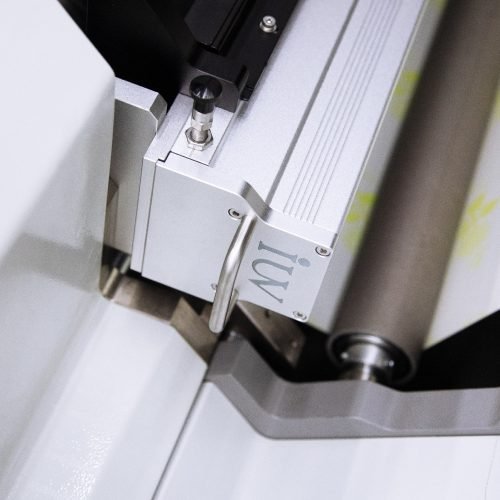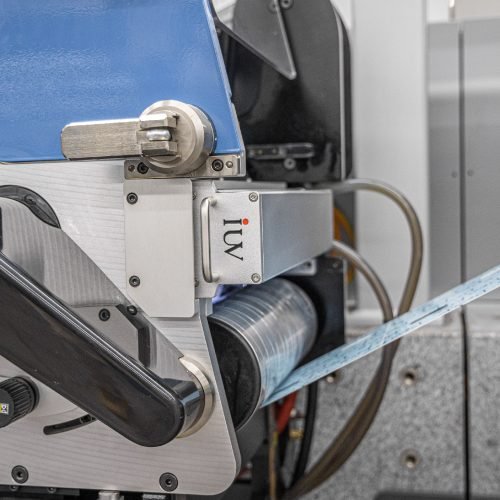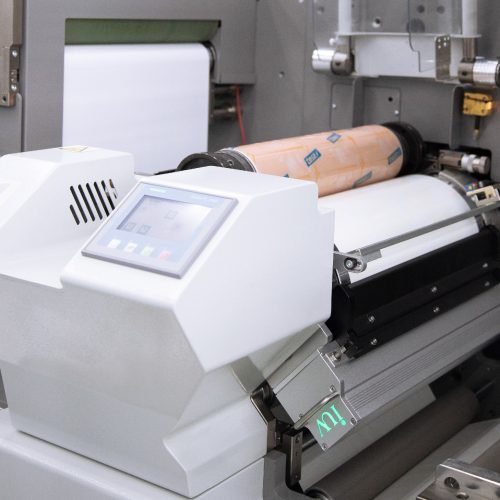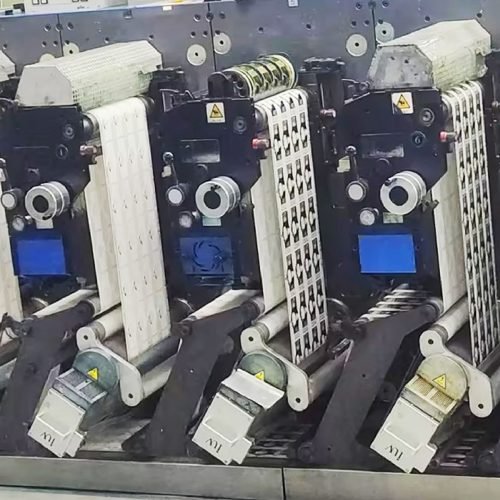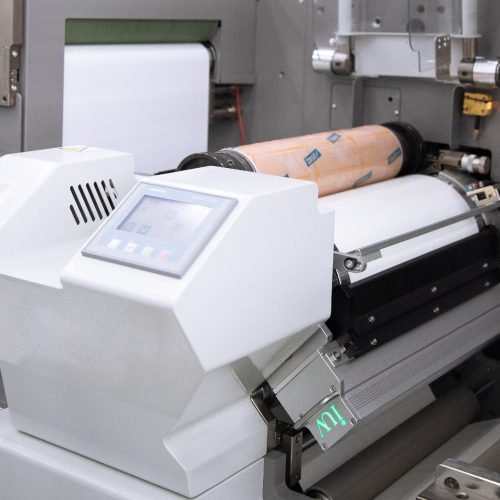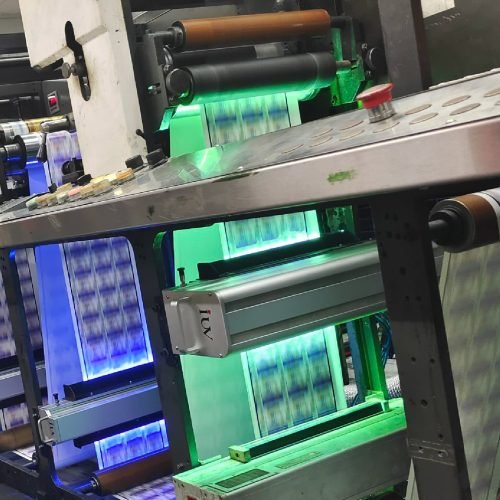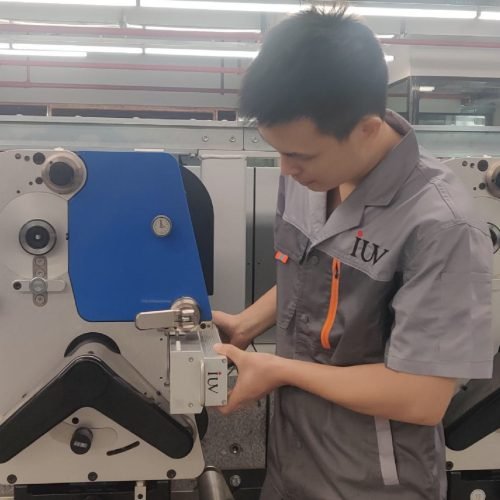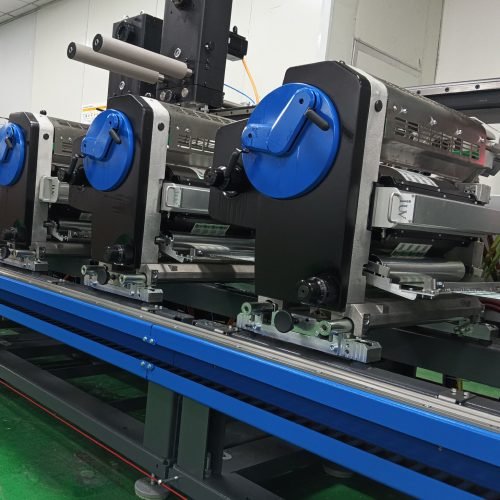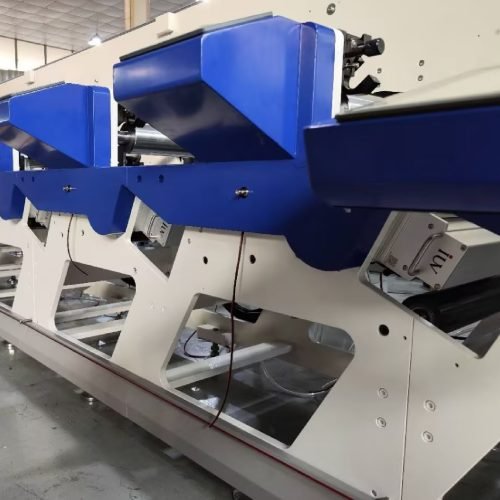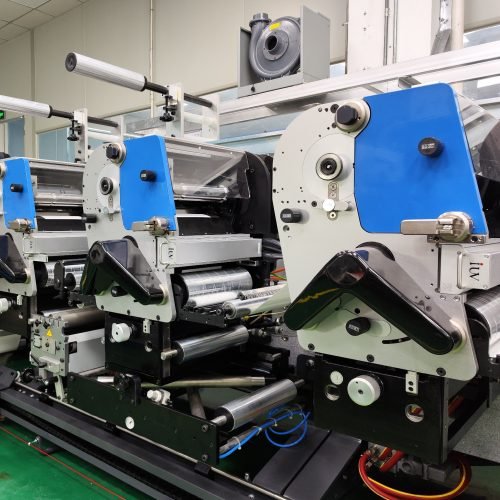The shift toward sustainable manufacturing has pushed LED UV offset printing into the spotlight, particularly for applications involving non-absorbent substrates like plastics, metallic films, and synthetic papers. Unlike traditional printing methods that rely on porous materials to absorb inks, this technology thrives where others struggle. Let’s break down how it works and why it’s reshaping industries from packaging to industrial labeling.
Why Non-Absorbent Substrates Demand Precision
Materials such as PET, PVC, or polypropylene don’t soak up ink. Traditional solvent-based inks pool or smear on these surfaces, requiring extended drying times or secondary coatings. LED UV curing sidesteps these issues by using photopolymerizable inks that solidify instantly under specific wavelengths. The result? Sharper dots, reduced dot gain, and near-zero volatile organic compound (VOC) emissions. For label printing—where clarity and durability matter—this means barcodes stay scannable, and colors resist fading even under UV exposure.
Narrow Web Flexo’s Secret Weapon
In flexible packaging and pressure-sensitive labels, narrow web flexographic printers face a recurring problem: ink adhesion on glossy surfaces. LED UV systems deliver higher-intensity light with adjustable wavelengths (typically 365-405 nm), enabling precise curing without overheating heat-sensitive films. By pairing low-migration inks with LED modules, printers achieve food-safe compliance for snack wrappers or cosmetic labels. The absence of ozone generation—a common issue with mercury-vapor lamps—also simplifies ventilation requirements in compact facilities.
Offset Lithography’s Thermal Edge
Sheetfed offset presses running metalized stocks or acrylics benefit from LED UV’s cold curing. Traditional UV lamps generate infrared radiation, warping thin substrates or causing registration shifts. LED arrays eliminate heat, allowing tighter registration tolerances and reducing waste. For short-run specialty packaging—think luxury skincare or limited-edition beverage cans—this stability ensures consistent metallic effects and crisp typography. Plus, energy consumption drops by up to 70% compared to conventional UV systems, a selling point for eco-conscious brands.
Ink Chemistry: The Make-or-Break Factor
Not all UV inks play nice with LEDs. Photoinitiators must activate at wavelengths matching the LED’s output. Formulations rich in acrylate oligomers ensure rapid crosslinking, critical for high-speed web presses. Additives like slip agents become crucial when printing on slick surfaces; a 1-2% adjustment can mean the difference between a flawless laminate and adhesive failure. For screen printers diversifying into hybrid setups, combining LED-curable undercoats with solvent-based top layers reduces curing bottlenecks.
Substrate Prep: Often Overlooked, Always Critical
Corona treatment remains a go-to for boosting surface energy on polyolefins, but over-treatment risks static buildup. Plasma treatment offers a cleaner alternative for medical device packaging, where particulate contamination is unacceptable. Testing dyne levels pre-print prevents costly press stops—aim for 38-42 mN/m for most UV inks. Pro tip: Run test strips at varying LED intensities. Over-curing can embrittle inks on flexible substrates, leading to cracks during die-cutting.
The Hybrid Press Revolution
Modern hybrid presses blend flexo, offset, and digital units. Here, LED UV’s instant curing enables wet-on-wet printing without interstation dryers. A label press might apply a digital white ink layer, cure it inline, then overlay offset CMYK—all at 150 meters/minute. For metallic effects, a cold foil unit placed post-LED station bonds foil precisely to cured adhesive patterns. This agility lets converters tackle niche jobs profitably, from tamper-evident pharmaceutical labels to textured wine bottle sleeves.
Troubleshooting Common Hiccups
Edge curing issues on thick stocks? Check reflector alignment. Even a 5° misalignment causes shadowing. Ink wrinkling on polyester? Lower lamp intensity and increase conveyor speed. Adhesion fails after laminating? Revisit the substrate’s surface tension—sometimes a primer coat beats retreatment.
As brands demand shorter runs and faster turnarounds, LED UV’s flexibility positions it as the workhorse for non-absorbent material printing. From reducing make-ready waste to enabling novel textures, the technology bridges quality and sustainability without trade-offs. For converters still on the fence, the question isn’t whether to adopt—it’s how quickly they can retrofit existing presses or partner with ink chemists for tailored solutions.

